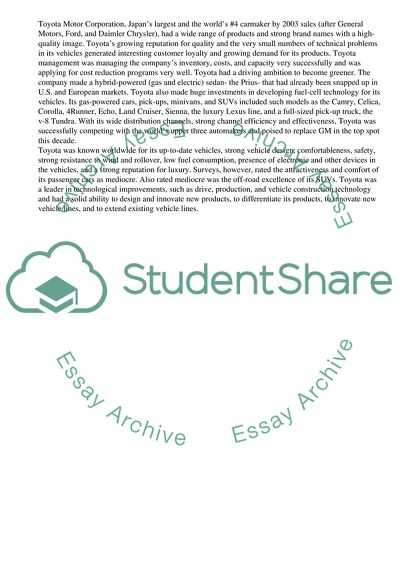Cite this document
(Changes in Toyota's Reporting Practices Case Study, n.d.)
Changes in Toyota's Reporting Practices Case Study. Retrieved from https://studentshare.org/business/1515749-contemporary-issues-in-accounting-essay
Changes in Toyota's Reporting Practices Case Study. Retrieved from https://studentshare.org/business/1515749-contemporary-issues-in-accounting-essay
(Changes in Toyota'S Reporting Practices Case Study)
Changes in Toyota'S Reporting Practices Case Study. https://studentshare.org/business/1515749-contemporary-issues-in-accounting-essay.
Changes in Toyota'S Reporting Practices Case Study. https://studentshare.org/business/1515749-contemporary-issues-in-accounting-essay.
“Changes in Toyota'S Reporting Practices Case Study”, n.d. https://studentshare.org/business/1515749-contemporary-issues-in-accounting-essay.


